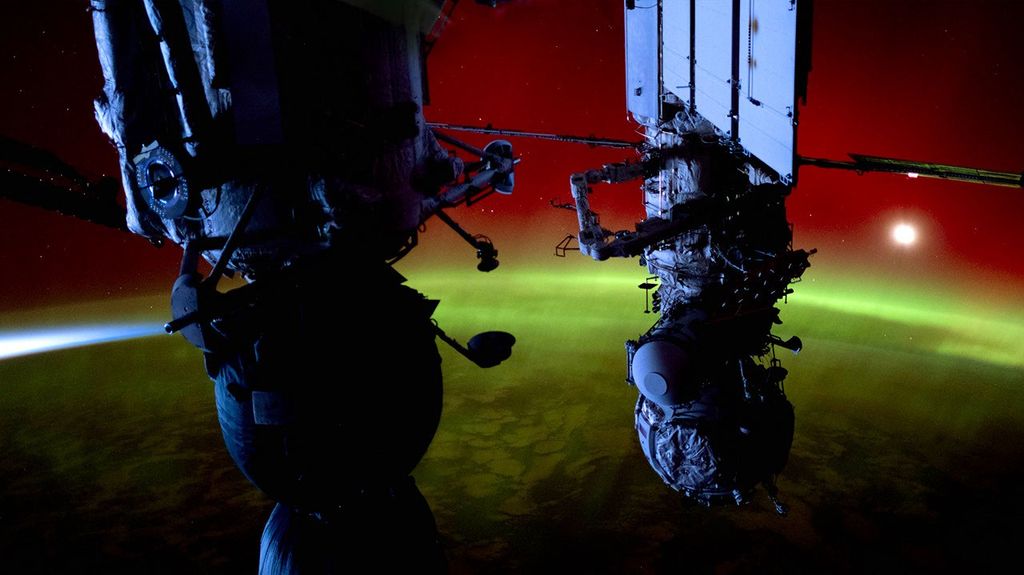Stories
Filters

In our nearby stellar neighborhood, a burned-out star is snacking on a fragment of a Pluto-like object. With its unique ultraviolet capability, only NASA’s Hubble Space Telescope could identify that this meal is taking place. The stellar remnant is a…

This illustration depicts the interior of dwarf planet Ceres. Carbon dioxide and methane are among the molecules carrying chemical energy beneath Ceres' surface.

The dwarf planet is cold now, but new research paints a picture of Ceres hosting a deep, long-lived energy source that may have maintained habitable conditions in the past. New NASA research has found that Ceres may have had a…
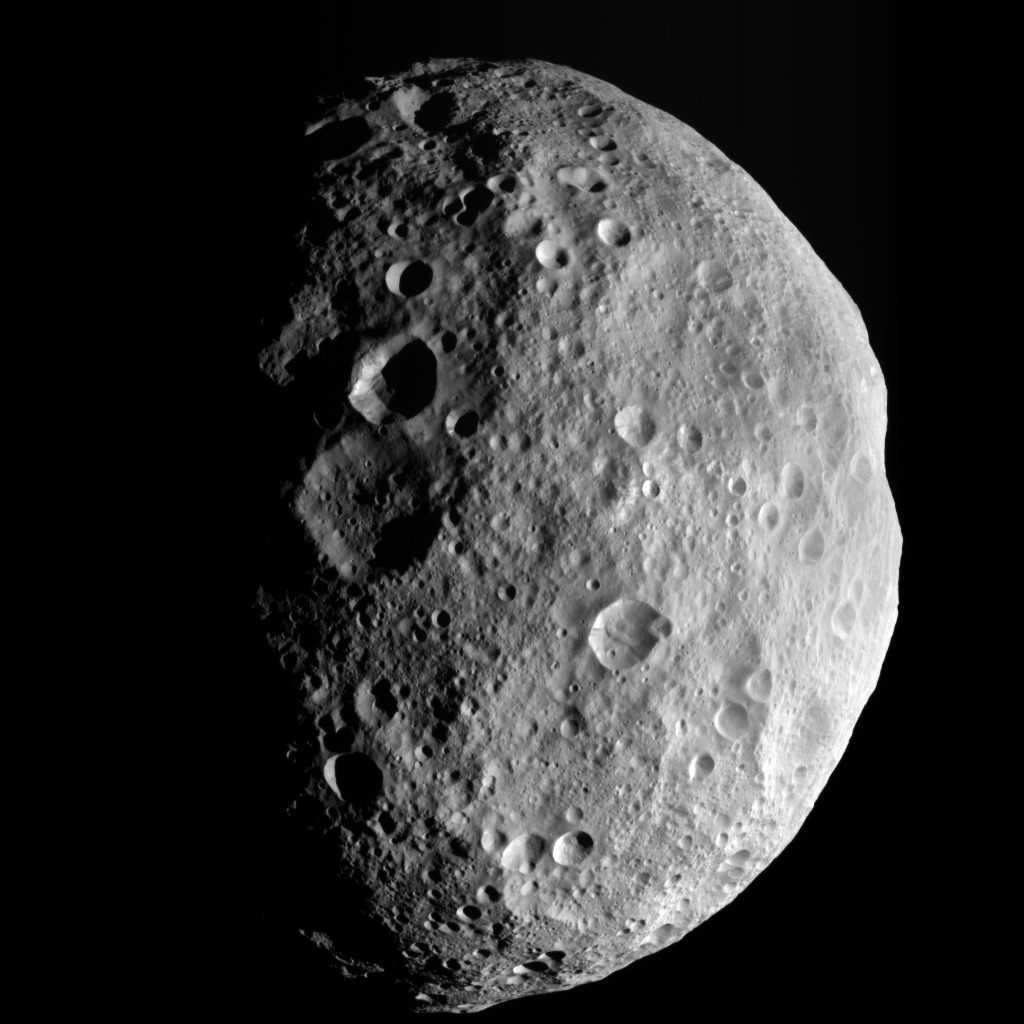
Known as flow formations, these channels could be etched on bodies that would seem inhospitable to liquid because they are exposed to the extreme vacuum conditions of space. Pocked with craters, the surfaces of many celestial bodies in our solar…

NASA has announced an updated plan to continue New Horizons’ mission of exploration of the outer solar system. Beginning in fiscal year 2025, New Horizons will focus on gathering unique heliophysics data, which can be readily obtained during an extended,…
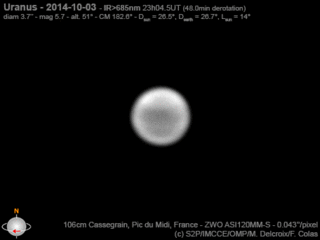
NASA’s New Horizons spacecraft plans to observe Uranus and Neptune from its location far out in the outer solar system this fall, and the mission team is inviting the global amateur astronomy community to come along for the ride –…
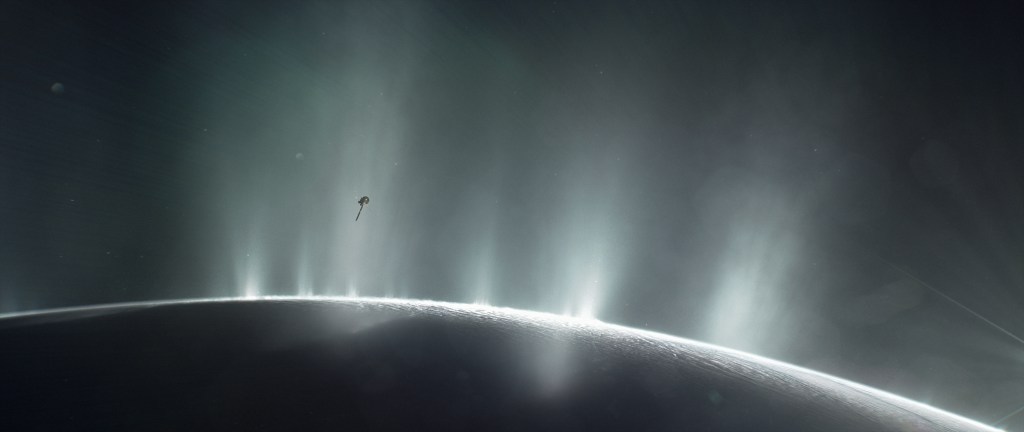
The story of oceans is the story of life. Life as we know it requires three ingredients: energy, organic molecules, and liquid water. Our search for life beyond Earth is, in part, a search for planets and moons that harbor…
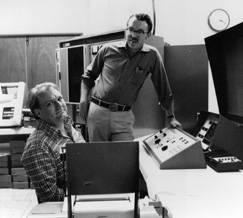
In 1978, astronomers considered Pluto as the solar system’s ninth planet. Its great distance from Earth—on average more than three billion miles—meant they knew little about it, including its exact size. On June 22, 1978, U.S. Naval Observatory astronomer James…
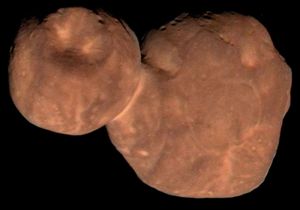
New Horizons continues to shed light on the mysterious planets and smaller bodies of the outer solar system.

By early 1930, Lowell Observatory junior astronomer Clyde Tombaugh had spent months poring over hundreds of telescopic photo plates in the search for a single moving object – which would turn out to be Pluto, the ninth planet.












